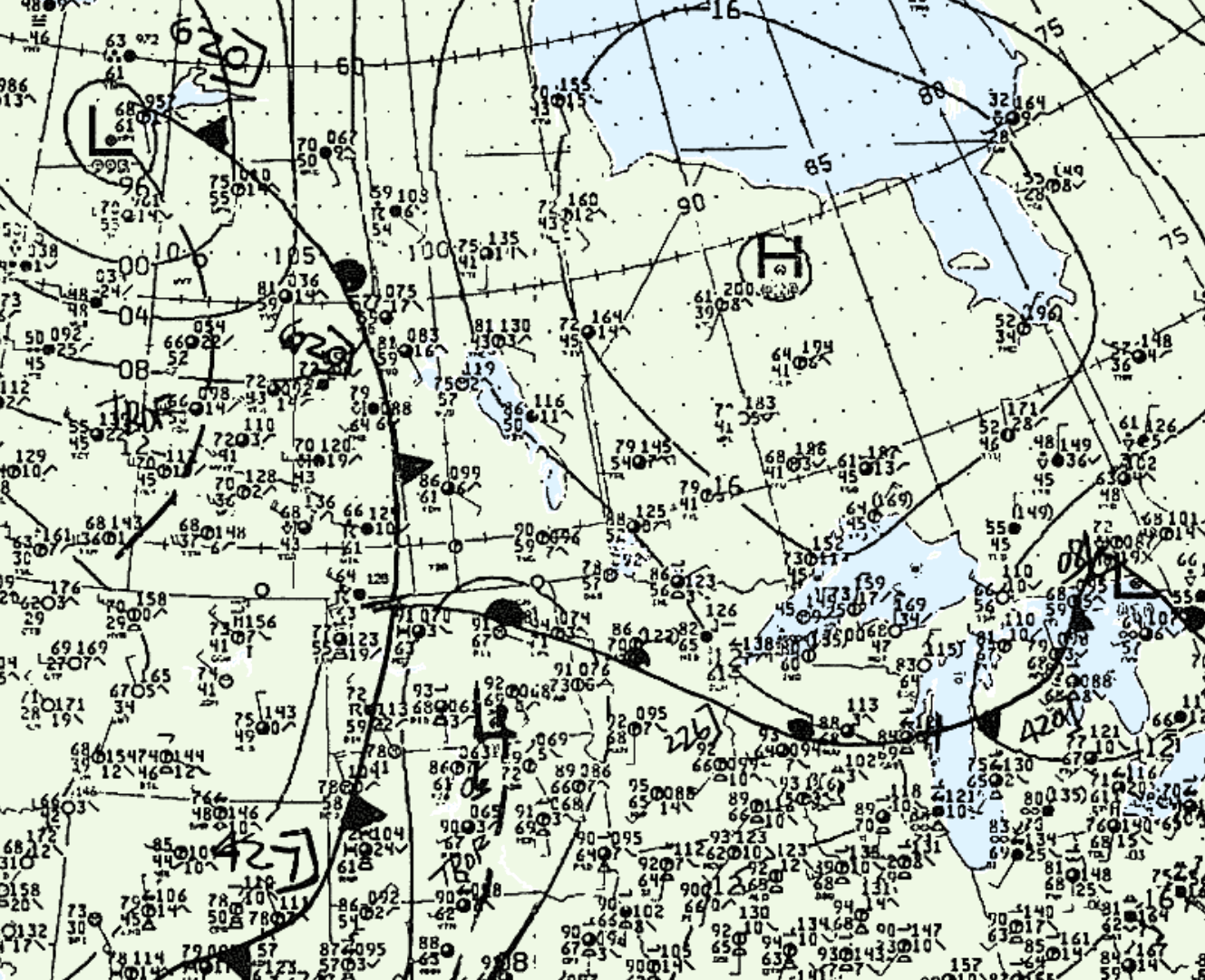Figure 1 shows the surface observations at 4:00 pm CDT, which shows a low pressure system occluding over northern Alberta with an occluding front extending south-southeast across eastern Saskatchewan. A warm front is also observed extending east throughout North Dakota. The intersection of the occluded front and warm front was the focus for thunderstorms across southern Manitoba, which ultimately led to this tornado.

According to Environment and Climate Change Canada (2018), an F0 tornado touched down at 5:30 pm CDT near Beulah, MB. The track and width of the tornado was not documented by ECCC. The tornado caused no fatalities, injuries or property damage.
Sources
NWS Weather Prediction Center Surface Analysis Archive. (2017). Surface analysis 21Z Thu Jun 19 1986. Retrieved from: https://www.wpc.ncep.noaa.gov/archives/web_pages/sfc/sfc_archive.php
Environment and Climate Change Canada Data. (2018). Canadian National Tornado Database: Verified Events (1980-2009) – Public. Retrieved from: http://donnees.ec.gc.ca/data/weather/products/canadian-national-tornado-database-verified-events-1980-2009-public/

